| Title | Saya di Sini, Kau di Sana (a Tale of the Crocodile’s Twin) |
|---|---|
| Director | Taufiqurrahman Kifu |
| Producer | Muh.Fantsyuri |
| Cinematographer | Agung Dermawan |
| Editor | Taufiqurrahman Kifu |
| Country | Indonesia |
| Year of Production | 2022 |
| VDP Selection Year | Laugh!-2023 |
| Screen Time | 18min |
| Language | Indonesian |
| Subtitles | English/Japanese |
Overview
Crocodiles and humans must share living space within the red zone (tsunami-prone zone). There, they live suspiciously of each other. ‘Saya di Sini, Kau di Sana’ is a thought-provoking documentary film that embarks on a journey to rediscover and reinterpret ancient knowledge preserved in local archives, folk tales, and myths. It delves into the intricate relationship between old narratives and contemporary ecological understanding, uncovering how they can offer valuable insights into our current environmental challenges.
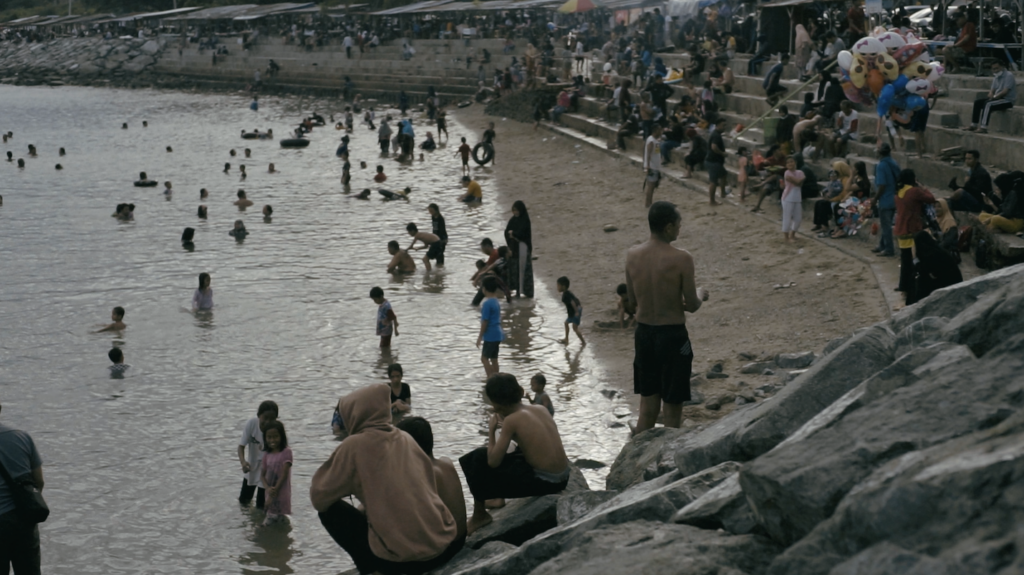
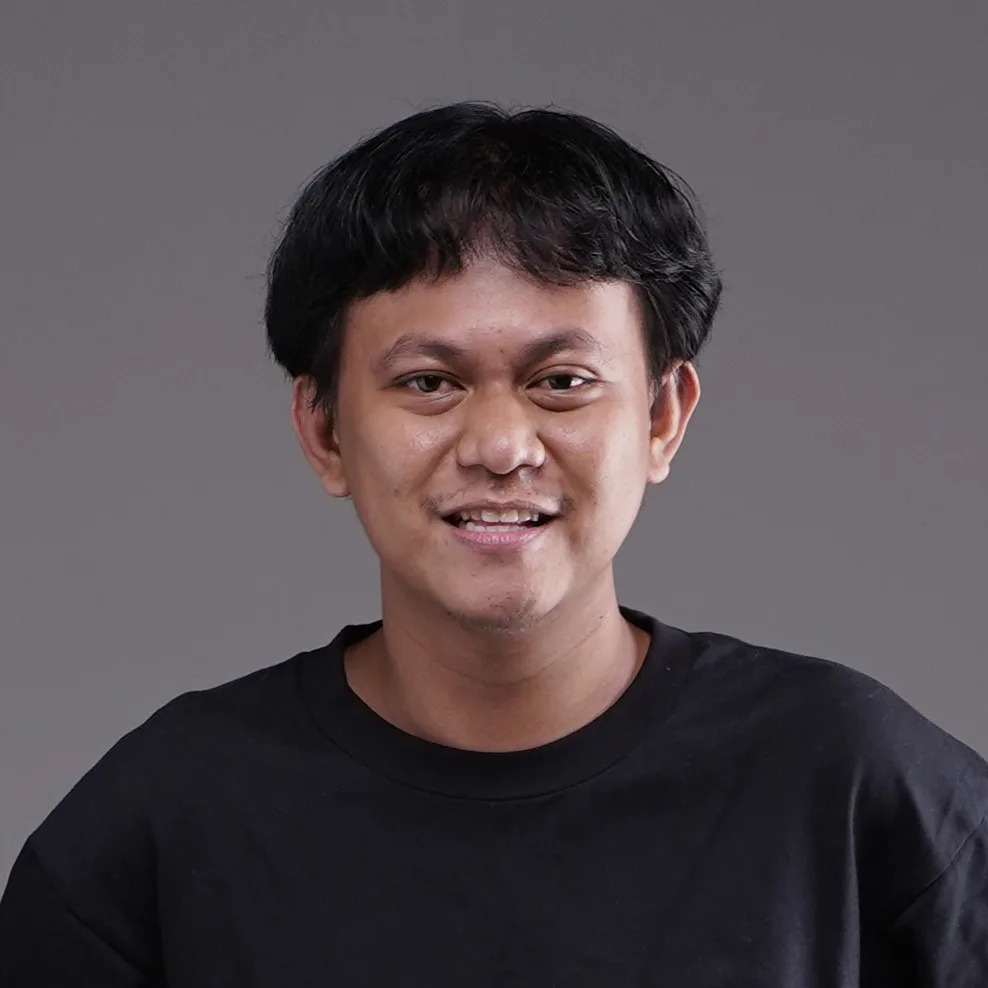
Taufiqurrahman Kifu
Director
Taufiqurrahman Kifu is an interdisciplinary artist who uses various mediums such as drawing, photography, sound, video, film & performance art. In 2016 he co-founded Forum Sudutpandang, an art collective based in Palu that focuses on reproducing knowledge about the city. In 2022, he initiated a platform called MUTUALS, as a space for art and interdisciplinary experiments in recording the city through drawing, sound, and performance art. ‘Saya di Sini, Kau di Sana’ received a Special Mention from the Jury International in Oberhausen Short Film Festival (2023). Previously, he made the vertical experimental film ‘Rotation’ which received a nominations in several vertical and experimental film festivals.
Muh. Fantsyuri
Producer
Muh.Fantsyuri is a film programmer and program manager at Klub Penonton, a film exhibition and screening platform. He is also a member of Forum Sudutpandang, an art collective based in Palu, Indonesia. In 2023, He co-produced the short documentary ‘Saya di Sini, Kau di Sana’. Fantsyuri is currently active in a film archiving collective.
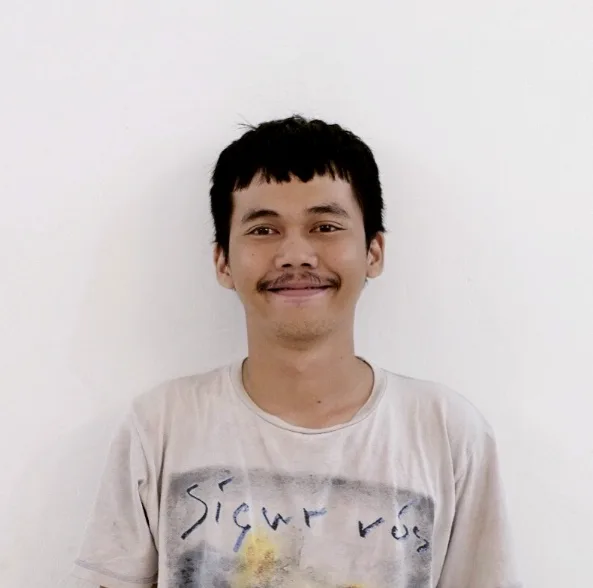
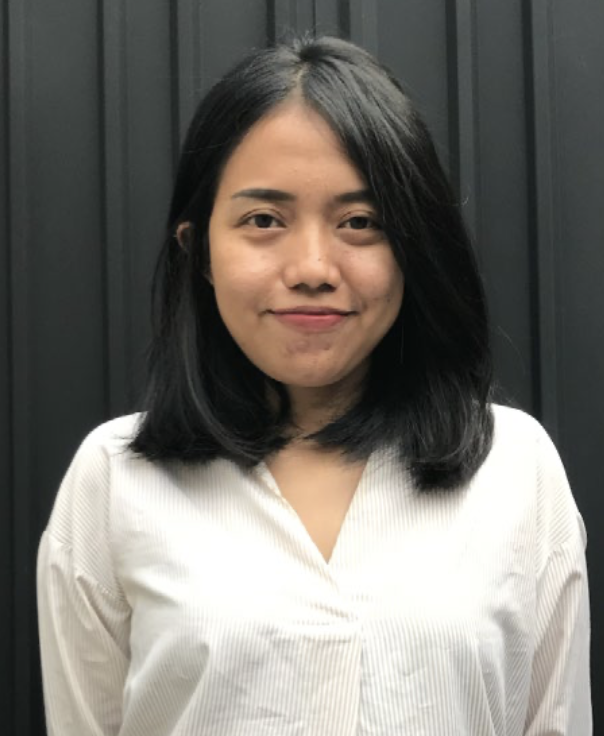
Rahmadiyah Tria Gayathri
Line Producer
Rahmadiyah Tria Gayathri is a cross media artist, film producer, art manager & disaster researcher. She has been active in her own artistic processes and co-founded a collective art forum named Forum Sudut Pandang since 2016. She produced her first feature-length film as a producer in 2017 and released ‘Mountain Song,’ in 2019 produced in the small village of Pipikoro in Sigi Regency, Central Sulawesi. It was nominated for and won at several festivals including the 2020 Asian Film Festival Rome; 2020 Festival Film Indonesia; 2019 World Cinema Amsterdam; and 2019 Shanghai International Film Festival.
Interview with the Director
Why did you make this documentary?
How did you come to work on this theme?
The film is an attempt to re-read knowledge from local archives such as folk tales and myths, and contextualize them within our ecological knowledge in the present and criticize how our perspective may be too anthropocentric. It also touches upon those methods that can be offered to mitigate disasters.
Commentary from the Screening Committee Members

Makiko Wakai
Coordinator for New Asian Currents, Yamagata International Documentary Film Festival (YIDFF), Tokyo Office
This work depicts the story of a man and a crocodile “born” as twins to a family of high nobility. The crocodile mingles with the everyday lives of the Kaili people and manifests itself in both tangible and intangible ways within history, colonial times and even the tsunami of 2018. From times past to the present, the relationship between crocodiles and humans lives on within indigenous culture. Testimonies from archaeologists, survivors of the tsunami, animation and an everyday landscape weave a story that traverses boundaries.
Commentary for deeper understanding

Yoshimi Nishi
Associate Professor, Center for Southeast Asian Studies, Kyoto University
Indonesian Studies
The documentary was shot in Palu, the capital of the province of Middle Sulawesi, Indonesia, and the surrounding areas, which were affected by the Sulawesi earthquake that occurred five years ago in September 2018.
The damage caused by the earthquake was not only due to the earthquake itself, but also to the tsunami that was generated when a seaside mountain collapsed into the sea, and large-scale liquefaction. The search for those who were swept out to sea by the tsunami and those who were buried under the ground by the massive liquefaction was called off two weeks after the disaster. Of the 5,000 who died, over 650 bodies remain missing.
As with Japan, Indonesia is known to be prone to natural disasters such as earthquakes and volcanic eruptions. In particular, since the 2004 Sumatra earthquake and tsunami that killed more than 170,000 people, Indonesia has experienced a series of large-scale natural disasters, including the 2006 Central Java earthquake, the 2009 West Sumatra earthquake, and the 2010 Mount Merapi eruption. To minimize damage, disaster prevention efforts have been made across the whole country. Yet, since it is not realistic to apply civil engineering measures throughout the whole country, Indonesia, which stretches 5,000 kilometers from east to west, has been working to enhance its ability to cope with disasters on a regional basis, based on the concepts of “living with” and “making friends with disasters.” One of these efforts is to focus on “local knowledge” (kearifan lokal). This is an effort to rehabilitate and share with society that accumulated wisdom on nature and disasters in local communities that has been forgotten or neglected due to those processes of modernization and development.
It is in this context that this work focuses on the Kaili people and their folklore, who have lived in and around Palu for many years. The film introduces the three connections that they have long cherished: those connections between man and God, between men, and between man and nature, to explain the importance of listening to nature and observing animal behavior. In particular, the story revolves around the relationship with crocodiles, which the people of Kaili have are intimate with.
Crocodiles are referred to as animals that misbehave with people in insular Southeast Asia: between Malaysia and Indonesia. They hide near the water edge and attack or taunt people when they approach.
On the other hand, in the Kaili’s world, the crocodile is the master of the water world and is considered to have a twin relationship with humans who are masters of the land (earth) world. Even though they normally live apart from each other, they sense when the other is in danger and help each other out. In Indonesia, “earth and water” (tanah air) means “homeland.” It represents a worldview in which people and crocodiles care for each other and cooperate to bring peace to their homeland, which is a combination of both the world of water and earth.
But change is about to come to the relationship between humans and crocodiles. Crocodiles attack people who collect sand from rivers where they reside. And the descendants of Westerners who killed those that attacked people also became the target of the crocodiles. However, there are still those who consider them to be their brothers and relatives, such as the woman who survived the tsunami and was trapped under rubble surrounded by many dead bodies, yet was rescued by calling out to her “relative” crocodile, as described in the final scene.
The stories of tsunami victims interacting with animals before being rescued were also heard of in Aceh, an area hit by the 2004 Sumatra earthquake and tsunami. In Aceh, there were many accounts of snakes appearing to talk to isolated tsunami survivors and emotionally supporting them until they were rescued.
In both Aceh and Sulawesi, those who survived the tsunami often spent a lot of time with the bodies that were swept away with them and did not survive. It is not certain if the person they spoke to was really a snake or a crocodile, or if it was, in fact, a body that was nearby. What is certain is that on any given day, whether in Aceh or Sulawesi, many people were suddenly swept away by water or soil, some of whom died without their bodies ever being found by their families.
As such, the meaning of the Indonesian title of this work (Saya di sini, kau disana), which translates directly as “I am here, you are there,” seems to indicate not only the inseparable relationship between land-dwelling humans and water-dwelling crocodiles, but also the connection between a “Me” and “you” who were separated from each other in life because of the 2018 disaster.
This documentary also shows that the “here” where I am and the “there” where you are, are two separate worlds, but together they are one, and that they think of each other even if they do not speak directly to each other, can be said to reflect not only the relationship between nature and people, but also the feelings of the Kaili people, five years after the tsunami, who live with their feelings for “you” those who were separated from them without being able to say goodbye to them after the tsunami.
Today, we hear that sand harvesting is thriving in the Palu River, and crocodiles are appearing more frequently. There is a story that the descendants of Westerners who kill crocodiles are targeted by them, and that they avenge the offspring by possessing them and turning them into crocodiles. I would be very interested to hear how the producers perceive people being attacked or possessed by crocodiles.
Related Films
-
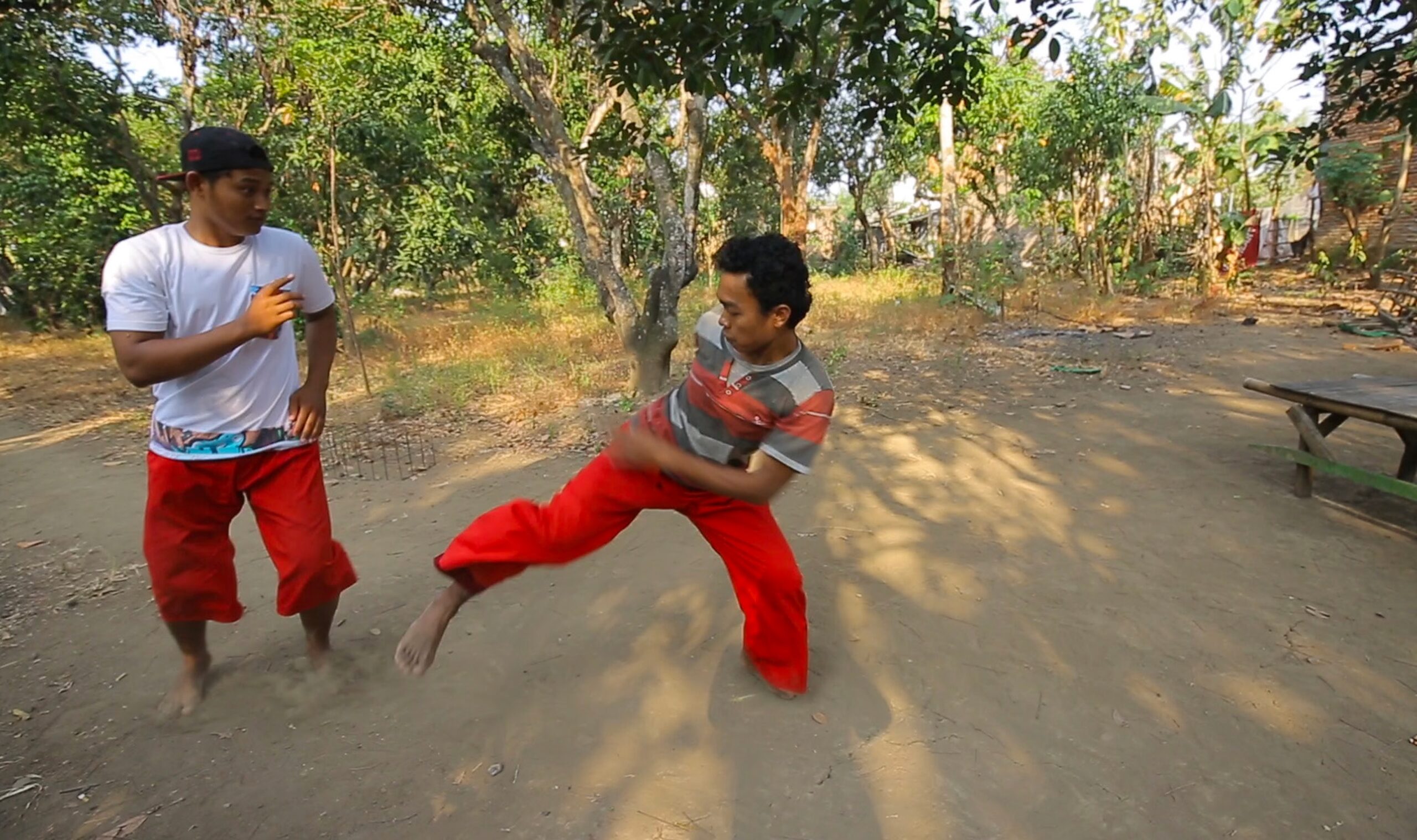
The Fighter
“The Fighter” introduces Pencak Dor martial arts fighting and the story of Pati, who aims to compete in the ring. Yudi, an experienced fighter, trains Pati and other Silat students. The ‘free ring’ format of Pencak Dor contests have become a magnet for fighters wanting to test their strength and demonstrate skills in combat. With no winners nor losers, no insurance and only special prayers for safety, the Fighter focuses on the role and development of Pencak Silat in the fighters’ everyday lives.- Country
- Indonesia
- Director
- Marjito Iskandar Tri Gunawan
- Time
- 26min
-
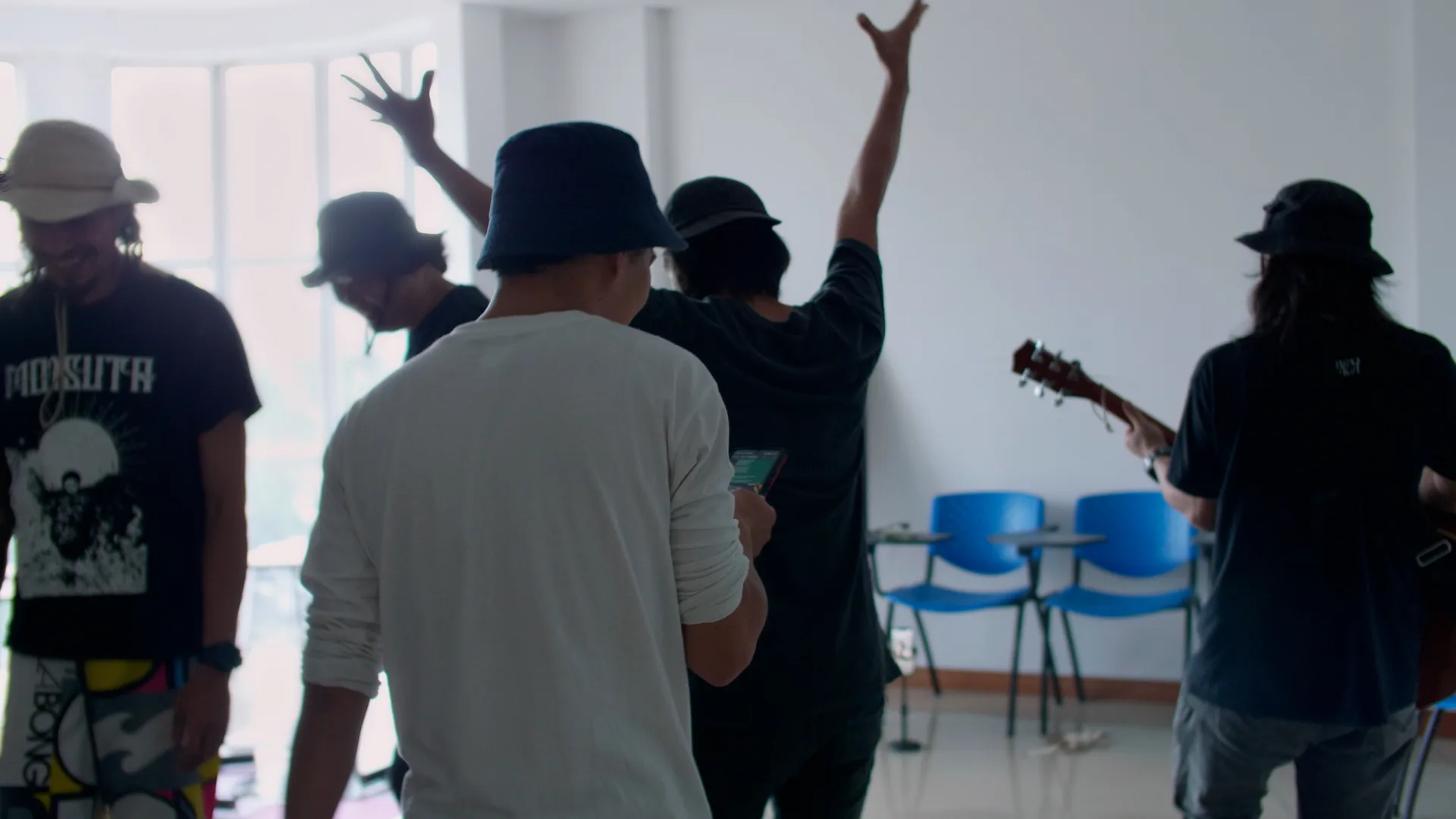
Against This Messy World
"Against this Messy World" is a deeply introspective and visually captivating short documentary that delves into the heart and soul of artistic expression within Malaysia's complex political and societal landscape. A personal exploration, narrated by Malaysian artists, this documentary takes viewers on an evocative journey to understand the essence and purpose of being an artist in a world marked by chaos and uncertainty and piece together conversations and unfiltered moments in their lives.- Country
- Malaysia
- Director
- AW See Wee
- Time
- 26min17sec
-

RAPTHAI
“Rapthai” introduces how “rap” culture has taken root in and influenced contemporary Thai society. Focusing on the synergy between Thai culture and “rap” music tradition, this documentary homes in on the stories of 12 Thai rappers and presents a unique look at the different styles they express through their life experiences.- Country
- Thailand
- Director
- Jirakan Sakunee, Witchayoot Ponpraserd and Sarun Kositsukjaroen
- Time
- 25min
-
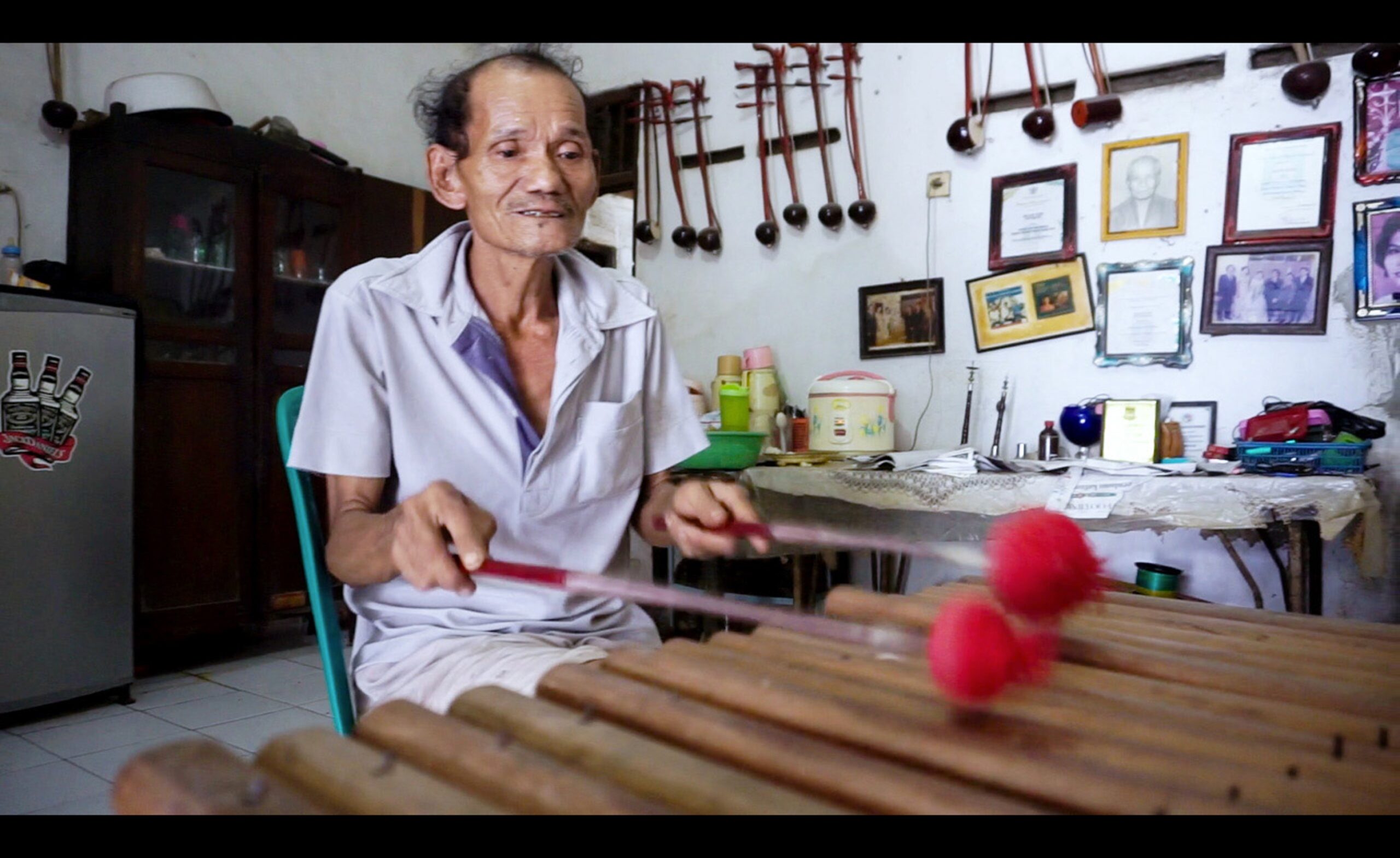
Nostalgia Senja
This documentary offers a sensitive portrayal of Mr. Gohyong reminiscing about his former days as a successful performer with a Gambang Kromong. Nostalgia Senja foregrounds one man’s lifetime dedication to preserving music in the present, and highlights the pressures some traditional arts face in contemporary Indonesia.- Country
- Indonesia
- Director
- Fazhila Anandya
- Time
- 23min
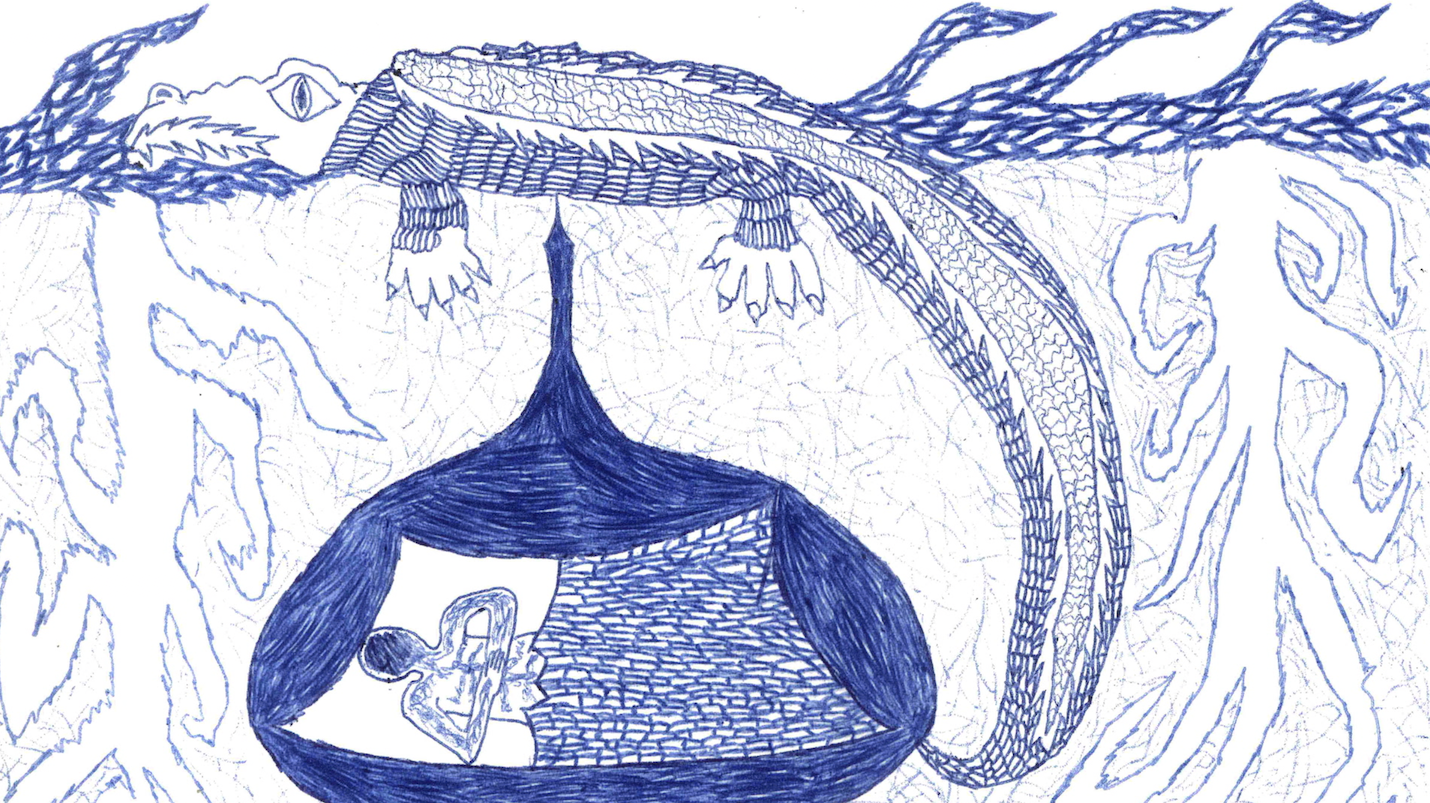
Yamamoto Hiroyuki
Associate Professor, Center for Southeast Asian Studies, Kyoto University, Malaysian Area Studies/Media Studies
On the island of Sulawesi, Indonesia, where the 2018 earthquake and subsequent tsunami killed thousands of people, the local Kaili language received attention for a term that was long used to describe liquefaction: being sucked into the mud. This documentary depicts a connection between the Kaili people and crocodiles. It is believed that both are born as twins to live separately on the land and in the water whilst be connected through the spirit. A “beware of crocodiles” signpost on the beach comes to take on a different meaning after viewing this work.